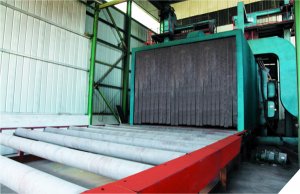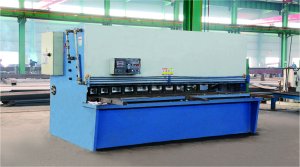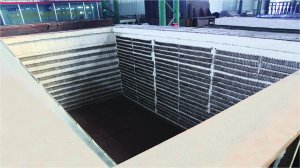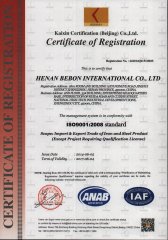Structural steel is typically classified into several grades based on its chemical composition, mechanical properties, and intended use in construction. Some common grades of structural steel include:
ASTM A36: A widely used carbon structural steel known for its strength and ductility. It is commonly used in buildings, bridges, and general construction.
ASTM A992: High-strength low-alloy structural steel with improved formability, weldability, and strength. Commonly used in building framing and bridges.
ASTM A572: High-strength, low-alloy steel with improved corrosion resistance. Grades like A572 Grade 50 are commonly used in structural applications.
ASTM A500: Cold-formed welded and seamless carbon steel structural tubing in round, square, and rectangular shapes for structural applications.
EN 10025-2: European standard that specifies technical delivery conditions for structural steels. Grades like S235, S275, S355 are common under this standard.
JIS G3101: Japanese standard specifying hot-rolled general structural steel. SS400 is a commonly used grade under this standard.
DIN 17100: German standard for structural steel. St37-2 is a common grade under this standard.
BS EN10025: British standard for structural steel. Grades like S275 and S355 are frequently used in construction.
These grades of structural steel offer varying levels of strength, ductility, weldability, and corrosion resistance to suit different construction applications. The selection of a specific grade depends on factors such as the structural requirements, environmental conditions, and design considerations of the project.

 Address:Zhengzhou city in China.
Address:Zhengzhou city in China. Phone:0086-371-86151827
Phone:0086-371-86151827 Email:
Email:



 Address: Zhengzhou city in China.
Address: Zhengzhou city in China.


